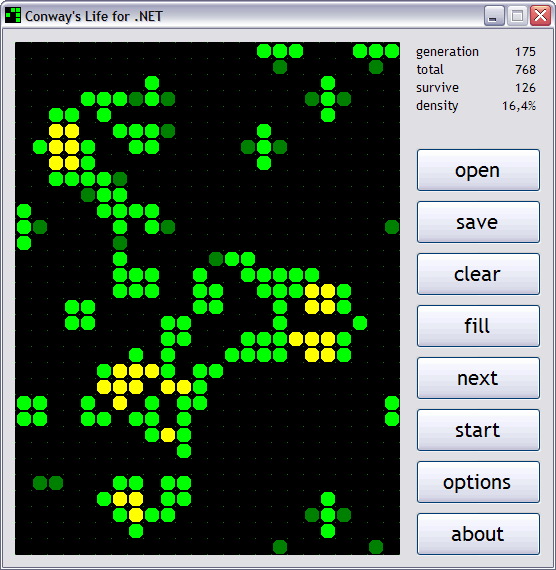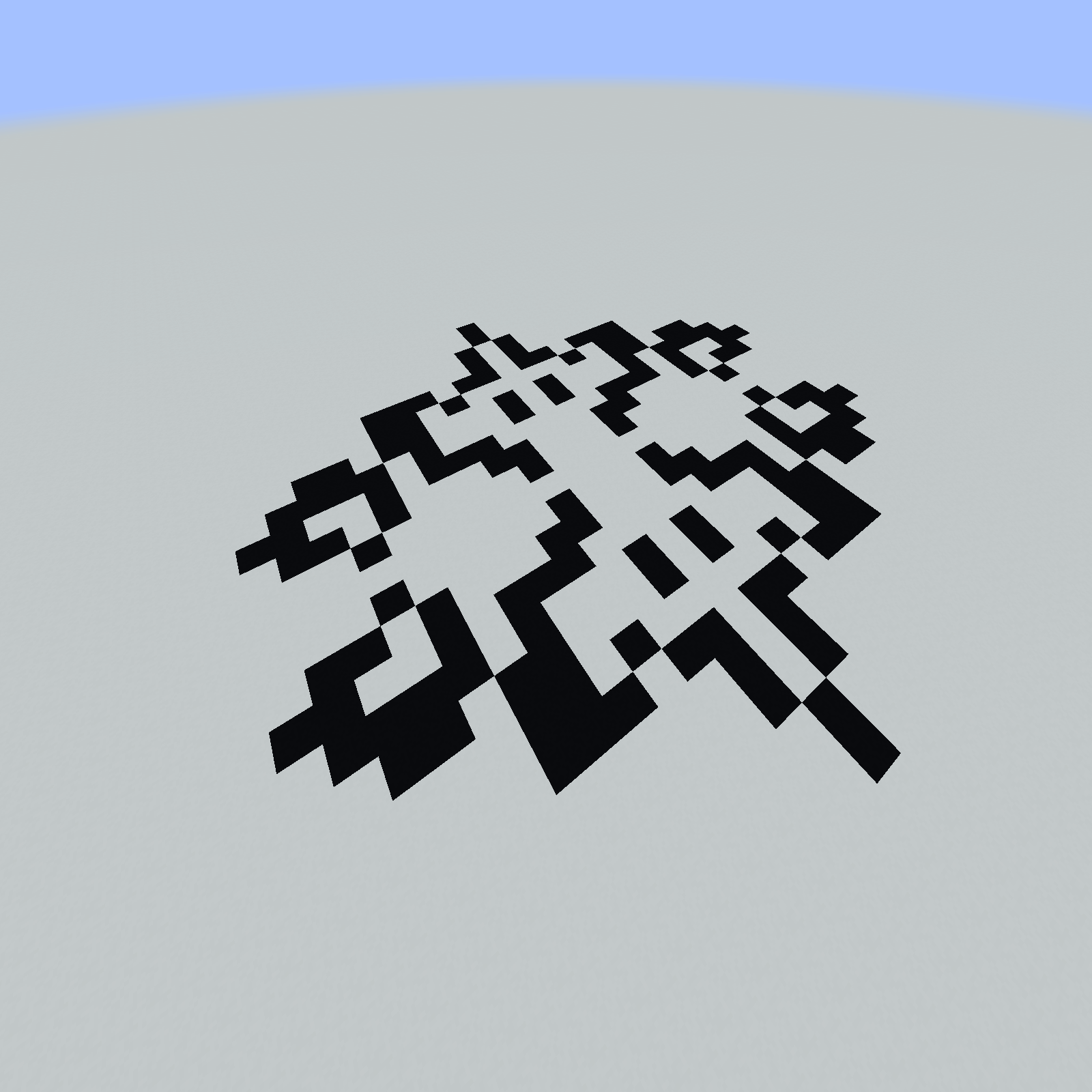

The resulting pattern, the "Quest for Tetris Processor", was completed in 2017 thanks to the combined efforts of at least nine different Stack Exchange users.
In 2013, a challenge was posted on Stack Exchange to "build a working game of Tetris in Conway's Game of Life". Even a regular Turing machine is an extremely inefficient way to perform calculations, and adding another layer of abstraction by emulating it in Life only makes it orders of magnitude slower. Any universal computer, such as Paul Rendell's Turing machines. Goucher's pi and phi calculators take billions or even trillions of generations to calculate just a few decimal digits. Awesome, but Impractical: Many contraptions created in the Game of Life use complex and extremely wasteful techniques to perform relatively simple calculations, and the interest in them mainly comes from the fact that they successfully perform their job at all. For stories about your everyday world suddenly taking on these rules, see Life Is A Game. Not to be confused with Milton Bradley's board game. program allowing you to play with Life and several other similar games can be found here. See this page on The Other Wiki for more information.Ī website allowing you to play with Life patterns can be found here. Various attempts have been made to build such self-replicators.Įven decades later, the Game of Life has a strong hobbyist following, and new discoveries are still being made. Conway also proved that it is possible to create a universal constructor in the Game of Life that is, a pattern that can construct other patterns, including itself. Eventually, it was discovered that one can implement logical structures in the Game of Life and build a universal computer that is, the Game of Life is Turing-complete. The Game of Life could be considered a simulation of a unique "universe" with its own physical laws.īy carefully arranging cells in the Game of Life, it is even possible to build new things: "guns" which fire streams of "gliders" continuously, "reflectors" which can bounce gliders around, patterns that grow continuously, and more. From the chaotic interactions, stable patterns can be seen to form tiny formations of cells that stabilise each other, oscillating formations that "blink" over and over, and perhaps most interesting of all, cell formations that can move called "spaceships", autonomously of other cells. 

In all other situations, a cell dies (or remains dead).Īlthough these rules are trivial, the surprise of the Game of Life is that the resulting cell interactions are remarkably complex.If a live cell has either 2 or 3 neighboring cells, it stays alive (survival).If a dead cell has exactly 3 neighboring cells, it becomes alive (birth).Each cell can be either alive (on) or dead (off).In the case of the Game of Life, the rules are extremely simple:

The title is a somewhat romantic way of referring to a specific cellular automaton invented by mathematician John Conway in 1970.Ī cellular automaton is a large grid of simple "cells", each of which has a state that can change depending on how it interacts with its neighbors. The Game of Life (often referred to as "Conway's Game of Life" for clarity, or just "Life" for short) is not, technically, a game (or if it is, it's a zero-player game with no objective). The "glider" is a pattern that moves 1 cell diagonally every 4 generations.







 0 kommentar(er)
0 kommentar(er)
